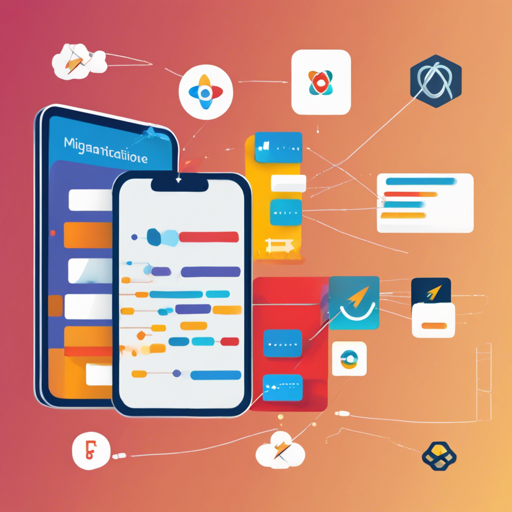If you’ve been using react-native-fcm for your push notification needs and are finding it harder to maintain or manage, you’re in the right place! This blog will guide you through the migration process to react-native-firebase—a robust choice that tackles the same functionalities with a larger supporting community.
Why Migrate?
Maintaining react-native-fcm has become challenging as the author is preoccupied, leaving it largely unsupported. Meanwhile, the react-native-firebase library has a dedicated team and better resources backing it. Switching will not only simplify your project but also enhance functionality.
How to Migrate
Migrating your project is like changing homes: while you may love the old abode, the new place offers a more spacious layout and modern facilities. Here’s a step-by-step guide to help you transition smoothly:
1. Installation
- Run the following command to install react-native-firebase:
npm install --save @react-native-firebase/app @react-native-firebase/messaging2. Firebase Console Configuration
Configure your Firebase project by downloading the necessary configuration files:
- For Android: Download the
google-services.jsonfile and place it in theandroid/appdirectory. - For iOS: Download the
GoogleService-Info.plistfile and place it in your Xcode project folder.
3. Updating Android Configuration
You’ll need to update your android/build.gradle and android/app/build.gradle files:
apply plugin: 'com.google.gms.google-services'
// In android/app/build.gradle
dependencies {
implementation platform('com.google.firebase:firebase-bom:29.0.0')
implementation 'com.google.firebase:firebase-messaging'
}
4. Handling Notifications
Set up notifications in your application: your App.js or main component should handle the incoming messages.
import messaging from '@react-native-firebase/messaging';
// Handle background messages
messaging().setBackgroundMessageHandler(async remoteMessage => {
console.log('Message handled in the background!', remoteMessage);
});
Troubleshooting Ideas
Despite careful planning, hiccups may occur. Here are a few tips to troubleshoot common issues:
- Not getting notifications on iOS: Ensure you’ve set up the APNs certificates in your Firebase console and are testing on a physical device.
- Android notifications not appearing: If notifications are not showing up when the app is in the background, verify that your payload contains a
notificationkey. - Multiple dex files error: Check your dependencies for conflicting versions of Google Play services, as this can lead to build issues.
- For more insights, updates, or to collaborate on AI development projects, stay connected with fxis.ai.
Conclusion
At fxis.ai, we believe that such advancements are crucial for the future of AI, as they enable more comprehensive and effective solutions. Our team is continually exploring new methodologies to push the envelope in artificial intelligence, ensuring that our clients benefit from the latest technological innovations.
Transitioning from react-native-fcm to react-native-firebase is not only a step toward resolving maintenance challenges but also an excellent way to unlock new capabilities in your mobile application. Follow the steps outlined, address any issues that crop up, and enjoy a smoother experience with your push notifications!

